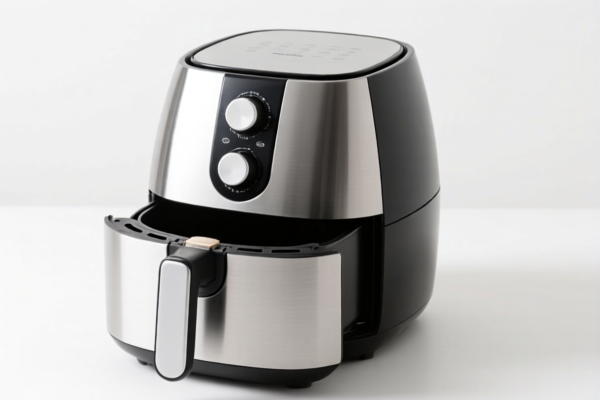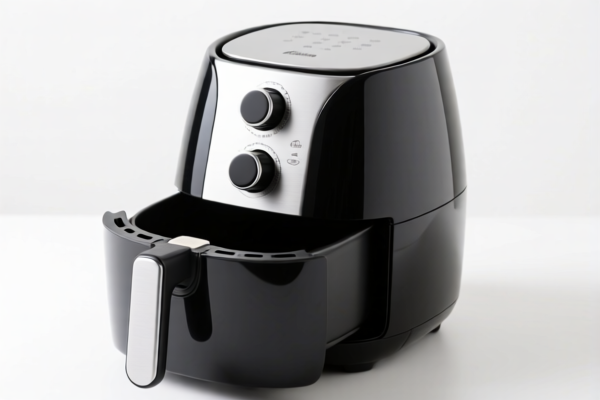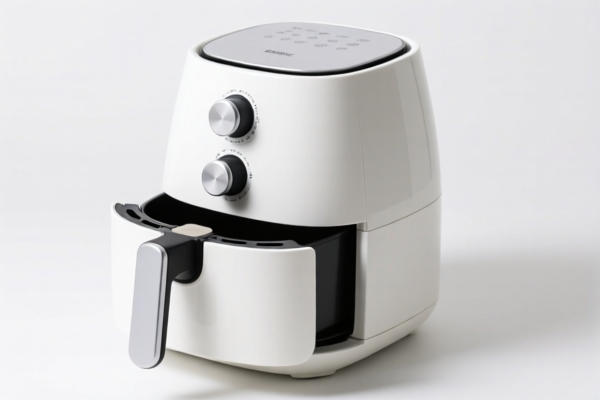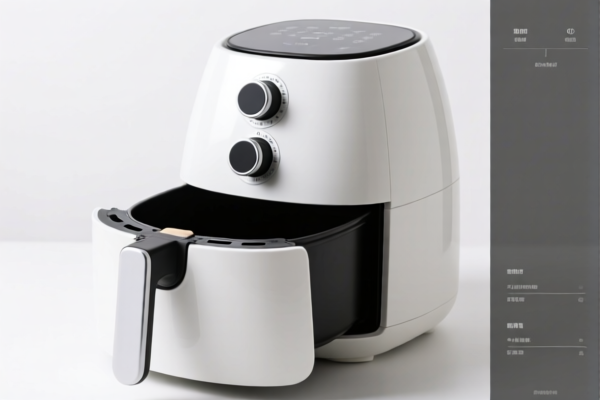| HS Code | Official Doc | Tariff Rate | Origin | Destination | Effective Date |
|---|---|---|---|---|---|
| 8438600000 | Doc | 55.0% | CN | US | 2025-05-12 |
| 8438800000 | Doc | 55.0% | CN | US | 2025-05-12 |
| 8419390270 | Doc | 55.0% | CN | US | 2025-05-12 |
| 8419815080 | Doc | 37.5% | CN | US | 2025-05-12 |
| 8514400000 | Doc | 55.0% | CN | US | 2025-05-12 |
| 8514399000 | Doc | 56.3% | CN | US | 2025-05-12 |
| 8439100010 | Doc | 55.0% | CN | US | 2025-05-12 |
| 8439100090 | Doc | 55.0% | CN | US | 2025-05-12 |
| 8545904000 | Doc | 55.0% | CN | US | 2025-05-12 |
| 8545194000 | Doc | 55.0% | CN | US | 2025-05-12 |
| 8310000000 | Doc | 55.0% | CN | US | 2025-05-12 |
| 8304000000 | Doc | 33.9% | CN | US | 2025-05-12 |
| 8304000000 | Doc | 33.9% | CN | US | 2025-05-12 |




Stir Fry Machine
A stir fry machine (also known as an automatic stir fryer, commercial wok, or automated cooking pot) is a kitchen appliance designed to replicate the process of stir-frying, typically used in professional kitchens but increasingly available for home use. It automates the rapid, high-heat cooking method common in Asian cuisines.
Material
- Cooking Pot: Typically constructed from stainless steel for durability, hygiene, and even heat distribution. Some models utilize non-stick coatings for easier cleaning.
- Outer Casing: Stainless steel is prevalent for its robustness and ease of maintenance.
- Heating Element: Electric resistance heaters are standard, providing consistent and adjustable heat. Gas-powered models exist but are less common.
- Paddles/Arms: Constructed from stainless steel or high-temperature resistant polymers, designed to continuously stir the ingredients.
- Frame: Usually stainless steel, providing structural support.
Purpose
The primary purpose of a stir fry machine is to efficiently and consistently produce stir-fried dishes with minimal operator intervention. It aims to reduce labor costs, improve food quality consistency, and increase cooking volume.
Function
- Automated Stirring: The core function. Paddles or arms continuously rotate within the pot, ensuring ingredients are evenly mixed and cooked.
- Temperature Control: Precise temperature settings allow for various cooking levels and recipe requirements. Digital controls are common.
- Timer Function: Allows for pre-set cooking durations.
- Tilting Mechanism (in some models): Enables easy food removal and sauce distribution.
- Heating: Provides rapid and consistent heat to the cooking pot.
- Automatic Discharge (in some models): Facilitates quick and efficient removal of cooked food.
Usage Scenarios
- Commercial Kitchens: Restaurants, catering services, food trucks, and large-scale food production facilities.
- Institutional Food Service: Hospitals, schools, and corporate cafeterias.
- Home Use (increasingly): For individuals who frequently prepare stir-fried dishes and desire convenience.
- Food Demonstrations: Used for showcasing stir-frying techniques and recipes.
Common Types
- Single-Pot Stir Fry Machines: The most common type, featuring a single cooking pot. Available in various pot sizes.
- Double-Pot Stir Fry Machines: Equipped with two cooking pots, allowing for simultaneous cooking of different dishes or increased production capacity.
- Gas-Powered Stir Fry Machines: Utilize gas as the heat source. Offer faster heating but require gas connections and ventilation.
- Electric Stir Fry Machines: More common due to ease of use and installation.
- Tilting Stir Fry Machines: Feature a tilting mechanism for easy food removal.
- Automatic Discharge Stir Fry Machines: Include a discharge system for automated food removal, typically used in high-volume settings.
- Desktop Stir Fry Machines: Compact models designed for smaller kitchens or limited counter space.
Based on the provided information, the following HS codes may be relevant to a stir fry machine:
- 8438600000: This HS code covers machinery, not specified or included elsewhere in this chapter, for the industrial preparation or manufacture of food or drink (excluding machinery for the extraction or preparation of animal or fixed vegetable or microbial fats or oils); parts thereof: Machinery for the preparation of fruits, nuts or vegetables. A stir fry machine, used for preparing vegetables, would fall under this category. The total tax rate is 55.0%, comprised of a 0.0% base tariff and a 25.0% additional tariff, increasing to 30.0% after April 2, 2025.
- 8438800000: This HS code covers machinery, not specified or included elsewhere in this chapter, for the industrial preparation or manufacture of food or drink (excluding machinery for the extraction or preparation of animal or fixed vegetable or microbial fats or oils); parts thereof: Other machinery. If the stir fry machine doesn’t specifically fall into the fruits, nuts, or vegetables category, it may be classified as “Other machinery”. The total tax rate is 55.0%, comprised of a 0.0% base tariff and a 25.0% additional tariff, increasing to 30.0% after April 2, 2025.
- 8419390270: This HS code covers machinery, plant or laboratory equipment, whether or not electrically heated (excluding furnaces, ovens and other equipment of heading 8514), for the treatment of materials by a process involving a change of temperature such as heating, cooking, roasting, distilling, rectifying, sterilizing, pasteurizing, steaming, drying, evaporating, vaporizing, condensing or cooling, other than machinery or plant of a kind used for domestic purposes; instantaneous or storage water heaters, nonelectric; parts thereof: Dryers: Other For foods and beverages. If the stir fry machine utilizes a drying process as part of its operation, this HS code may be applicable. The total tax rate is 55.0%, comprised of a 0.0% base tariff and a 25.0% additional tariff, increasing to 30.0% after April 2, 2025.
Chapter 84 relates to nuclear reactors, boilers, machinery and mechanical appliances; parts thereof. Chapter 85 relates to electrical machinery and equipment.
It is important to determine the primary function of the stir fry machine to select the most accurate HS code. If the machine is primarily used for cooking, HS code 8438600000 or 8438800000 would be more appropriate. If it involves a drying process, HS code 8419390270 may be considered.
Customer Reviews
No reviews yet.